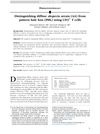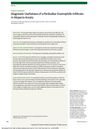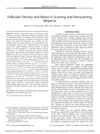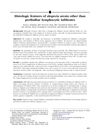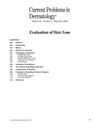A Comparative Study of Histopathologic Features in Alopecia Areata and Pattern Hair Loss
January 2023
in “
Journal of Cutaneous Pathology
”
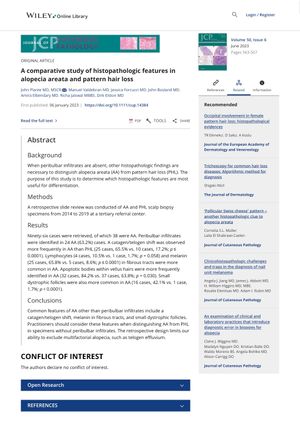
TLDR The study found certain scalp biopsy features can help tell apart alopecia areata from pattern hair loss even when typical immune cells are not seen.
The study "A comparative study of histopathologic features in alopecia areata and pattern hair loss" conducted a retrospective review of 96 scalp biopsy specimens from 2014 to 2019 to distinguish alopecia areata (AA) from pattern hair loss (PHL) when peribulbar infiltrates are absent. The study found that 38 out of 96 cases were AA, with peribulbar infiltrates identified in 63.2% of AA cases. A catagen/telogen shift was observed more frequently in AA than PHL (65.5% vs. 17.2%). Other common features of AA included lymphocytes and melanin in fibrous tracts, apoptotic bodies within vellus hairs, and small dystrophic follicles. These findings suggest that these features should be considered when distinguishing AA from PHL in specimens without peribulbar infiltrates. The study's retrospective design limits its ability to exclude multifactorial alopecia, such as telogen effluvium.


